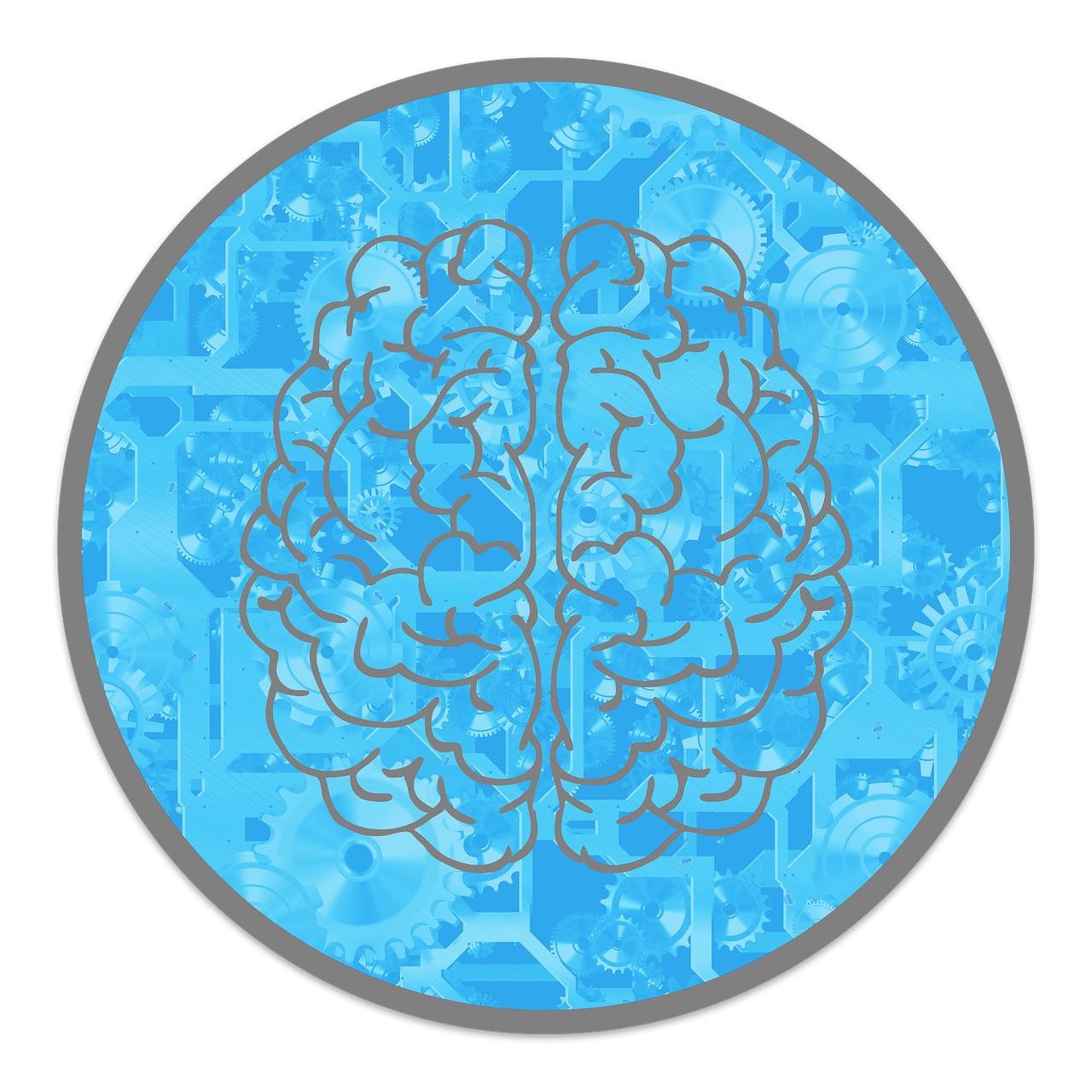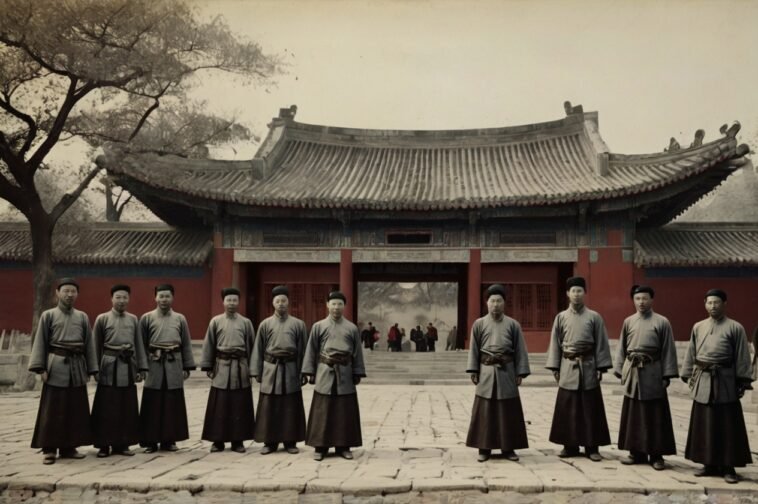
When we think of empires, images of grandeur, conquest, and cultural dominance come to mind.
But history is rarely black-and-white.
Many empires have been mislabeled, oversimplified, or judged through a narrow lens, obscuring their true complexity.
In this article, we’ll explore five of history’s most misunderstood empires, debunk common myths, and reveal surprising truths backed by scholarly research.
The Qing Dynasty (1644–1912)
The Qing Dynasty, China’s last imperial rule, is often seen as a stagnant and outdated empire.
But was it really just an empire in the traditional sense?
Historians continue to debate this.
While Western scholars often compare the Qing’s expansion to European imperialism, many Chinese historians argue that it was more like the unification efforts seen in Europe, such as in Germany or Italy.
Why the misunderstanding?
A Western perspective
Many historical narratives are shaped by European models, which don’t always fit East Asian history.
The Qing ruled over a vast 5.7 million square miles, integrating different ethnic groups like the Manchus, Mongols, and Tibetans through a mix of Confucian bureaucracy and localized governance.
This approach was very different from European colonial rule.
A lasting influence
The Qing’s administrative systems didn’t just disappear—they helped shape modern China’s centralized government.
This challenges the idea that an empire and a nation-state are completely different.
Key fact
By 1800, the Qing ruled one-third of the world’s population—over 400 million people—making it the largest pre-industrial state in history.
Far from being just a declining empire, the Qing Dynasty played a crucial role in shaping China’s future.
- Read also: Uncovering the Past: A Journey Through the Persian Empire Timeline
- Read also: A Historical Overview: The Rise and Fall of the Roman Empire
The Holy Roman Empire (800–1806)

The Holy Roman Empire (HRE) is often remembered as weak and disorganized—thanks in part to Voltaire’s famous joke that it was “neither holy, nor Roman, nor an empire.”
But this view oversimplifies a complex and innovative political system that lasted for a thousand years.
Why the misunderstanding?
Decentralized governance
Unlike centralized empires, the HRE was a federation of around 300 semi-independent states.
Regions like Bavaria and Saxony had their own laws and cultures but still worked together on trade and defense.
This system of shared power—sometimes called “plural sovereignty”—was unique for its time.
Cultural legacy
The HRE played a key role in preserving Greco-Roman knowledge during the Middle Ages and helped fuel the Renaissance by supporting art and science.
Its rulers and noble families were major patrons of culture, shaping Europe’s intellectual and artistic traditions.
Key fact
One of the HRE’s most important contributions was its legal system, the Reichskammergericht, which influenced modern federal judicial frameworks—including Germany’s Basic Law.
The Achaemenid Empire (550–330 BCE)
The Achaemenid Empire, founded by Cyrus the Great, is often overshadowed by Greek history.
But in reality, it was one of the most advanced and influential empires of the ancient world, shaping governance, trade, and culture for centuries.
Why the misunderstanding?
Greek bias
Much of what we know about the Achaemenids comes from Greek historians like Herodotus, who portrayed the Persians as tyrants.
However, the truth is far more complex.
The Achaemenids were remarkably tolerant rulers, allowing conquered peoples—like the Jews and Egyptians—to keep their religions and traditions.
Infrastructure genius
The empire’s achievements went beyond military conquest.
They built the 1,600-mile Royal Road, a revolutionary highway system that improved communication and trade across vast distances.
They also introduced standardized coinage, making it easier to do business across three continents.
Key fact
At its peak, the Achaemenid Empire covered 5.5 million square kilometers, connecting 44% of the world’s population—making it the largest empire of its time.
The Abbasid Caliphate (750–1258)

The Abbasid Caliphate is often remembered for its intellectual and cultural contributions, particularly during the Golden Age of Islam.
However, its legacy goes beyond that, as the Abbasids established a vast empire that helped shape the course of world history.
Why the misunderstanding?
Cultural flourishing
The Abbasids established Baghdad as the intellectual and cultural heart of the empire, creating one of the most advanced cities of its time.
The House of Wisdom in Baghdad became a major center for scholars, where advancements in mathematics, astronomy, medicine, and philosophy were made.
Innovation in governance and economy
The Abbasid Caliphate pioneered sophisticated systems of governance, laying the groundwork for future empires.
Their administration helped bring together diverse cultures and regions, fostering trade, culture, and ideas across the vast empire from Spain to India.
Key fact
The Abbasid Caliphate controlled a territory stretching across the Middle East, North Africa, and parts of Asia, connecting various peoples and cultures.
This vast reach helped ensure the exchange of knowledge, goods, and ideas that shaped the development of the medieval world.
The Khmer Empire (802–1431)
The Khmer Empire was one of Southeast Asia’s most powerful and advanced civilizations, thriving for over 600 years.
While it is often overshadowed by other world powers, its cultural and architectural achievements continue to captivate the world today.
Why the misunderstanding?
Architectural marvels
The Khmer Empire is best known for constructing Angkor Wat, the largest religious monument in the world.
Angkor Wat, originally built as a Hindu temple and later transformed into a Buddhist temple, remains a symbol of Cambodia and one of the greatest architectural achievements in history.
Innovative irrigation systems
The Khmers developed complex irrigation systems that allowed them to harness the water resources of the Tonle Sap Lake and the Mekong River.
These systems supported extensive rice farming, helping to sustain the empire’s large population and contribute to its prosperity.
Key fact
At its peak, the Khmer Empire controlled much of Southeast Asia, including modern-day Cambodia, Thailand, Laos, and Vietnam, with an estimated population of up to 1 million people.
This made it one of the largest empires of its time in terms of population and influence.
The Byzantine Empire (330–1453)

The Byzantine Empire, often seen as the continuation of the Roman Empire in the East, is one of the most influential civilizations in history.
It bridged the gap between ancient and medieval times and shaped much of the development of both Eastern and Western culture.
Why the misunderstanding?
Cultural and religious legacy
The Byzantine Empire preserved and passed down much of the Roman heritage, including law, governance, and architecture.
It also played a key role in the spread of Christianity.
Architectural achievements
The Byzantines are famous for their architectural masterpieces, particularly the construction of the Hagia Sophia in Constantinople (modern-day Istanbul).
Strategic diplomacy and military innovations
The Byzantine Empire excelled at diplomacy, balancing relations with neighboring powers like Persia and the Islamic Caliphates.
It was also a military force, known for innovations such as Greek fire, a formidable weapon used in naval battles, and for its highly organized army and defense systems.
Key fact
At its height, the Byzantine Empire controlled much of the Eastern Mediterranean, including Greece, Turkey, the Balkans, and parts of North Africa, acting as a crucial link between Europe and Asia.
- Read also: Akkadian Empire Timeline: A Journey through Ancient History
- Read also: Kush Empire Timeline: A Journey through Ancient African History
Final Thoughts
History’s misunderstood empires remind us that power is nuanced.
By revisiting their stories, we gain insights into today’s global challenges—from multicultural governance to sustainable diplomacy.
As historian Michael Gehler notes, “Empires are mirrors reflecting the complexities of human ambition and adaptation”.



